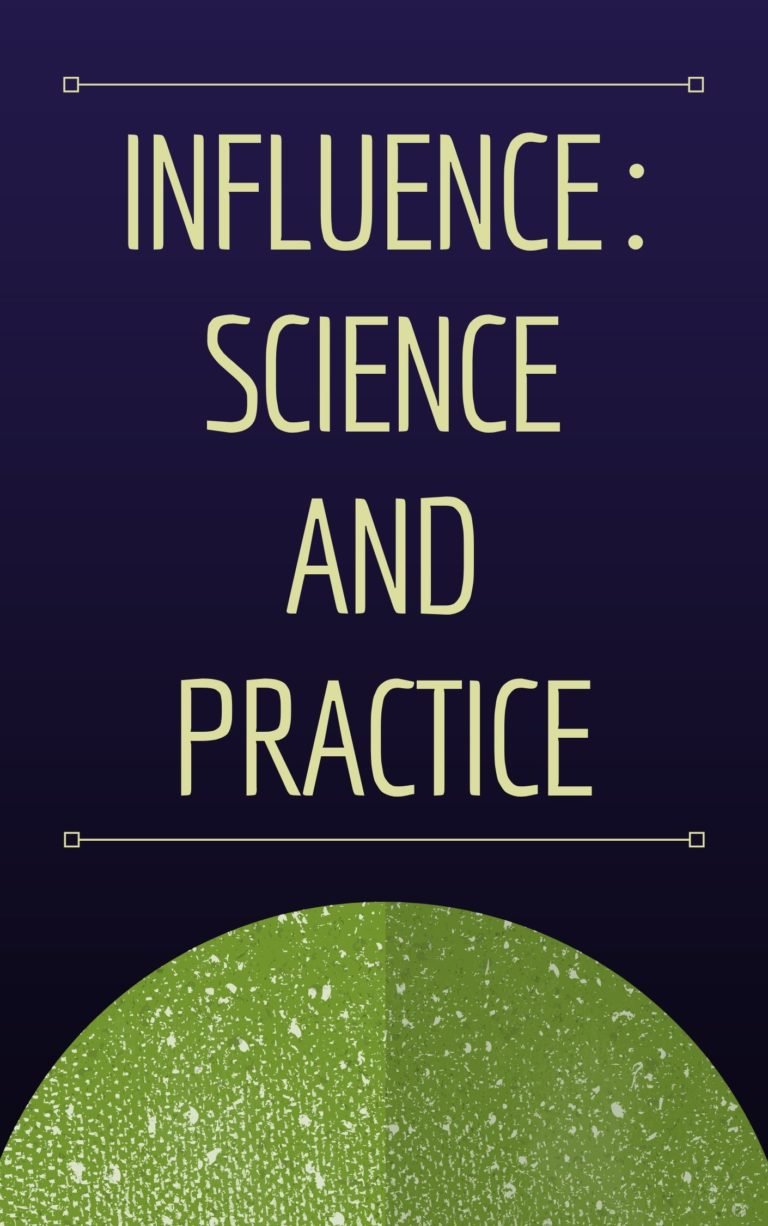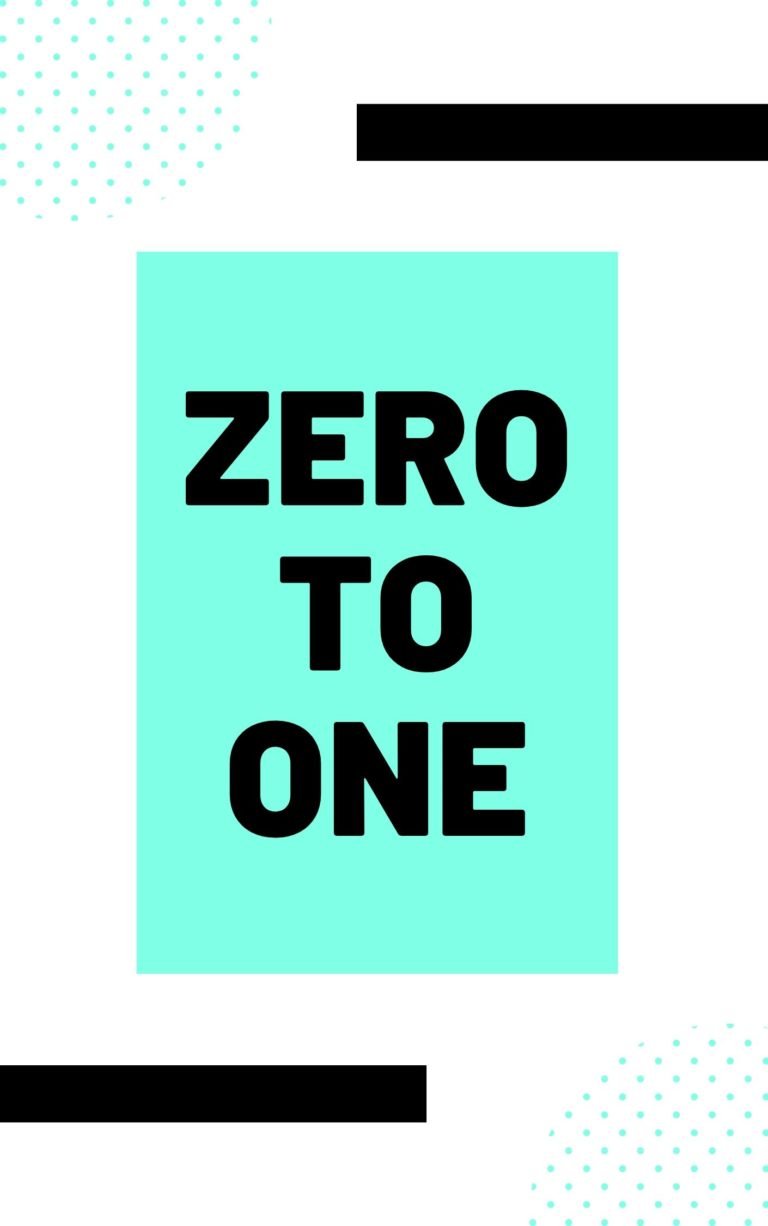The Thrive Diet
Mike Brearley
Rating: 8.0
“The Thrive Diet has revolutionized the way I go about fueling my body and helped push me to a higher level of performance and workout recovery. There’s no other resource like it out there.”
-Mac Danzig, Ultimate Fighter 6 Champion
Contents
The Performance Difference
You can learn a great deal about physical performance by observing great athletes. To compete, they must push their bodies to the limits. Athletes can provide valuable clues about training and diet. For example, active people who eat whole foods that are plant-based and nutrient-dense recover much faster from strenuous workouts than those who do not. Such a diet helps renew muscle tissue and slows the biological aging process at the cellular level. Most valuably, it greatly reduces stress, which contributes to fatigue, obesity, sleep problems, depression, aging skin and poor digestion.
“Nutritional stress, for the average North American, is by far the greatest source of … stress.”
The whole-food-based “Thrive Diet” offers numerous other benefits: It extends life expectancy, reduces fat, preserves muscle leanness, maintains energy, increases mental acuity, promotes restful sleep, minimizes sugar cravings, reduces cholesterol, improves skin texture, works against joint inflammation and increases productivity.
Stress
Stress is any factor that creates strain, such as unsound nutrition, excess exercise, lack of exercise, troubled relationships, pollutants, job unhappiness and psychological pressure. Stress-free people burn fat for energy, but stressed individuals burn carbohydrates. This leads to snacking, overeating and obesity.
“Stress is like fire: When controlled and used for a purpose, it serves us well. Left unbridled, it can consume us.”
Stress packs a double whammy: since depressed feelings accompany stress, people often try to lift their moods by self-medicating and eating sugary or starchy snacks. Such cravings become a constant drumbeat that interferes with clear thinking. Additionally, nonnutritious foods stress the body’s digestive system, often requiring more energy to digest than they provide. Thus, many poor eaters are constantly fatigued. They are victims of “nutritional stress.” If that is your issue, eat foods that are “natural, unprocessed…rich in vitamins, minerals, enzymes, high-quality protein, fiber, essential fatty acids, antioxidants and good bacteria (probiotics).” These foods include fresh vegetables and fruit, seeds and flaxseed, sprouted nuts, certain seaweeds, unrefined hemp and selected grains. Such foods promote energy, health and vitality, as well as cellular regeneration.
“High Net-Gain Nutrition”
You do not benefit from foods that require as much (or more) energy to digest than they provide. Indeed, such foods will keep you in a constant state of energy deficiency. Instead, consume high net-gain foods that provide an abundance of energy after digestion and assimilation. Ironically, they provide fewer calories but more energy. Indeed, you never have to count calories when you consume such foods. The whole point of calorie counting becomes superfluous. Net-gain foods supply so much superior nutrition that your brain quickly shuts off its hunger signal once you eat them. On the other hand, refined, processed foods turn this hunger signal into a constantly blaring alarm.
“You are what you eat.”
The Thrive Diet is built on high net-gain foods that are:
- Eaten raw or cooked at relatively low temperatures.
- Alkaline-producing to improve the body’s important pH balance (an ideal balance is 7.35). The opposite are acid-forming foods such as refined white flour, beef, butter, candy, pasta, poultry, milk, shellfish, soft drinks, and whey and soy protein isolates. An acidic body often leads to obesity and major disease.
- High in nutrients that the body quickly assimilates.
- Packed with vitamins and minerals.
- Easier to digest. They do not overly stimulate the body as sugary treats do.
The Thrive Diet Food Pyramid
Fibrous, leafy, green or colorful vegetables constitute the bulk of the Thrive Diet. They form the base of the diet pyramid – the most beneficial foods you can consume. These foods provide healthy chlorophyll, minerals, vitamins, and fluid for hydration. They include: carrots, arugula, bell peppers, beets, celery, baby red chard, cucumbers, baby spinach, daikon, beet greens, dinosaur kale, collard greens, romaine lettuce, green leaf lettuce, radicchio, red Belgian endive, zucchini, squash, tomatoes and sea vegetables (dulse, agar and wakame).
“Regular consumption of nutrient-dense whole foods supports cellular regeneration, which rebuilds new tissue.”
On the second level of the pyramid are protein foods. This list covers legumes, including beans, lentils and peas; pseudograins, including amaranth, buckwheat and wild rice; seeds, including sesame, flaxseed and hemp; and sprouts of all kinds. It also includes simple carbohydrate fruits that are rich in antioxidants (for example, apples, bananas, cherries, figs, grapes, oranges, plums and dates).
“Unfortunately, most foods in the average North American’s diet require almost as much energy to assimilate as they contain.”
The third tier of the pyramid centers on foods that provide fatty acids, which are essential to proper body and brain function. These foods include nuts (Brazil nuts, pecans, cashews, pine nuts and walnuts), avocado, and unrefined or raw cold-pressed oils, including extra-virgin olive oil, hemp seed, flaxseed, pumpkin seed and coconut. The pyramid’s fourth and last category, foods that you should avoid, includes potatoes, oats, squash, rice, yams and whole grains, such as barley.
“We are inundated with nutrient-deficient foods.”
Your diet should include chlorella, an algae that contains more valuable nucleic acids (RNA and DNA) and chlorophyll than any other known vegetable. Chlorella is called a “complete” food or a “superfood.” It contains vitamins, minerals, protein, enzymes and essential fatty acids. Consume one teaspoon daily. And don’t forget green tea. The “matcha” variety is particularly rich in antioxidants.
“When the body is properly hydrated, the blood is at the proper consistency, enabling its efficient distribution throughout the body.”
Most Thrive Diet dishes are eaten raw or cooked at low heat. Either way, they are easily digestible. Indeed, the Thrive Diet’s basic concept is to give the body simple carbohydrates that convert quickly to energy. Such foods offer “one-step nutrition.” The body can use their nutrients quickly “with no breaking down required,” so it is fueled immediately. Do not let your body enter an energy-deficient state. Avoid foods that require more energy to digest than they deliver.
“Some of the freshest, tastiest food … ever eaten has come straight from the person who grew it [available at farmer’s markets].”
Many people use stimulants, such as coffee, for quick energy. That is a sucker’s game. Such stimulates deliver a very short-lived burst of energy, and then the body wants another “fix.” You must supply an ever-increasing series of stressful jolts to your system to maintain the energy. In contrast, the Thrive Diet is “naturally nonstimulating.” Since fruits and vegetables are a significant portion of what you eat, the water they contain helps hydrate the body naturally. This diet does not require drinking eight glasses of water daily.
Start Gradually
Give yourself plenty of time to work your way into the Thrive Diet. Don’t try to change your eating habits overnight. That would add a new element of unsettling stress. Begin by adding a few Thrive Diet foods to your daily eating plan. You can use a 12-week planned approach to moving entirely to this kind of eating. Over time, you will begin anticipating natural foods more and more, and feeling less inclined toward highly processed, refined foods. Let your body take the time it needs to adapt to your new eating plan. Start with a nice, big salad every day. During the day have a delicious, nutrition-rich smoothie and a raw energy bar. Follow these basic principles:
- Make sure you eat enough to match your level of physical activity.
- Do not substitute nutritional pills for real food.
- Stay away from denatured food – that is, highly processed and refined.
- Derive energy from food, not artificial stimulants, such as coffee.
- Cut back on simple carbohydrates, like most starchy and sugared foods.
- Consume foods that offer real energy efficiency, not those that require a major energy expenditure to digest.
- Eat small meals and snacks all day long. This way you will never be too hungry or too satiated.
- Make and consume your own “raw energy bars.”
- Many people overeat at dinnertime, a common cause of obesity. To avoid this, eat a filling afternoon snack that contains substantial protein, fiber and high-quality fats.
“The Thrive Diet food pyramid is based on fiber-rich carbohydrate.”
This is a simple diet. Many of your meals will be large salads. You’ll also consume blender drinks and homemade snack bars. To follow the Thrive Diet, you will need a blender (for smoothies, soups and sauces), a food processor (for energy bars) and a coffee grinder (for grinding seeds into a fine powder).
“Try to use as few ingredients as possible in each recipe.”
Do not cook with high temperatures because the heat destroys food’s valuable nutrients and enzymes, and promotes inflammation. Do not use numerous ingredients in your recipes. For example, you can use just nuts and seeds to make a “pecan sunflower burger.” Blend these ingredients in a food processor and mold the mixture into patties: one cup of pecans, one-half cup of ground sunflower seeds, two tablespoons of apple cider vinegar, two tablespoons of coconut oil, one-half teaspoon of chili flakes, one-quarter teaspoon of cayenne pepper and sea salt to taste. Serve the raw patties on whole-wheat buns.
What About Exercise?
You can retard the aging process substantially with proper diet and exercise. When you exercise, you perspire. This eliminates toxins, and keeps your skin supple and young. Exercise triggers the pituitary gland to release a growth hormone that promotes fat loss and contributes to healthy body tissue. You do not need to become a gym rat or ultra-marathon enthusiast. Twenty minutes of exercise daily is just fine when you are starting.
“The production, processing and delivery of food have tremendous impact on our environment – greater than any other industry.”
Alternate aerobic exercise (running, swimming, bicycling) with resistance training (working with weights). Maintain a log of your exercise and diet routines. Eat a light pre-exercise snack for energy, but choose carefully. Many sports nutrition products, with their denatured proteins, artificial flavors and even dangerous fats, are a decidedly mixed blessing. Instead, make your own healthy sports food. For example, concoct a great energy booster by combining these ingredients in a food processor: five dates, two tablespoons of coconut oil, two teaspoons of grated lemon zest (the yellow, outer part of the lemon skin), one teaspoon of lemon juice, and sea salt as desired. Process to a smooth mixture, form the mixture into a half-inch thick rectangle, cut into small pieces, wrap, and store in a refrigerator or freezer. These are the ultimate energy bites!
“A plant-based diet significantly reduces our dependence on oil.”
Besides exercising and eating right, it’s important to get sufficient exposure to natural light. This gives your body Vitamin D, the “sunshine” vitamin, which aids in calcium absorption and in maintaining a positive mood. When it gets dark outside, your body releases melatonin, a hormone that helps promote sleep. Therefore, one hour before you want to go to sleep, dim the lights to activate this hormone. Deep relaxation and meditation before bed also help promote restful sleep.
Environmentally Sound Eating
The Thrive Diet has an additional advantage. Eating fresh, plant-based and often raw food cuts your drain on the energy resources commonly used to produce, process, prepare and ship food. Raising animals for use as meat takes a particularly high toll in terms of energy and resources.
“Have you ever noticed that those who exercise regularly look younger than those who don’t?”
When you follow a vegetarian diet instead of a regimen that depends on animal proteins, you are choosing food from less energy-intensive sources. By eating in an environmentally sound way, you also use less oil. Basing your eating plan on foods that require less “milling, heating and refining” saves energy by cutting the creation of greenhouse gases and reducing pollution.
“It is possible to grow a younger body.”
High protein plants are particularly valuable, especially hemp, which is about 35% protein. This crop grows quickly (about a three-month cycle), adapts to diverse climates, resists pests, “rejuvenates” the soil, provides a lot of nutrition, is sparing of water and doesn’t require a lot of processing.






